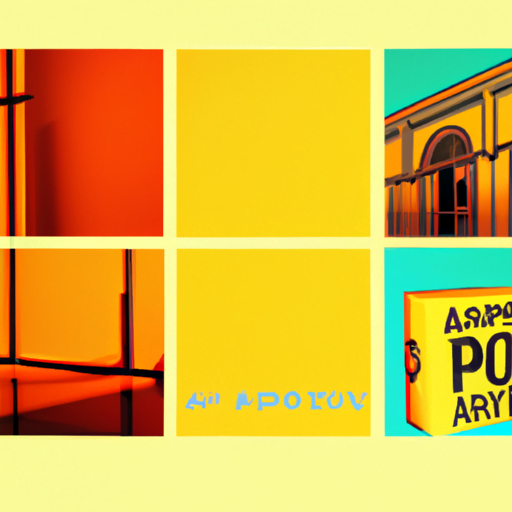
-
Table of Contents
The Art of Visualizing Architectural Concepts

Architecture is a unique blend of science and art, where concepts and ideas are transformed into tangible structures that shape our environment. One crucial aspect of the architectural process is the ability to effectively visualize and communicate these concepts to clients, stakeholders, and the general public. In this article, we will explore the art of visualizing architectural concepts and its importance in the field of architecture.
The Power of Visualization
Visualization plays a vital role in the architectural design process. It allows architects to convey their ideas and concepts in a visually compelling manner, enabling clients and stakeholders to understand and engage with the proposed design. By creating realistic visual representations, architects can effectively communicate the spatial qualities, aesthetics, and functionality of a building or space.
One of the key benefits of visualization is its ability to evoke emotions and create a sense of place. By presenting a design in a visually appealing way, architects can elicit positive emotional responses from clients and stakeholders, helping them to connect with the project on a deeper level. This emotional connection is crucial in gaining support and buy-in for the design.
Tools and Techniques for Architectural Visualization
Advancements in technology have revolutionized the field of architectural visualization. Architects now have access to a wide range of tools and techniques that enable them to create highly realistic and immersive visualizations. Some of the most commonly used tools and techniques include:
- Computer-Aided Design (CAD) Software: CAD software allows architects to create precise and detailed 2D and 3D models of their designs. These models can be easily manipulated and rendered to create realistic visualizations.
- Virtual Reality (VR): VR technology allows architects to create immersive virtual environments that simulate the experience of being inside a building or space. This enables clients and stakeholders to explore and interact with the design in a more engaging and interactive way.
- Augmented Reality (AR): AR technology overlays virtual elements onto the real world, allowing architects to superimpose their designs onto existing spaces. This enables clients and stakeholders to visualize how the design will integrate with its surroundings.
- Photorealistic Rendering: Photorealistic rendering techniques create highly detailed and lifelike visualizations that closely resemble the final built form. These renderings are often used in marketing materials and presentations to showcase the design to clients and stakeholders.
Case Studies: Successful Architectural Visualization
Several architectural projects have successfully utilized visualization techniques to communicate their concepts and secure support. Let’s explore two notable case studies:
1. The Guggenheim Museum Bilbao
The Guggenheim Museum Bilbao, designed by architect Frank Gehry, is a prime example of the power of visualization in architecture. Gehry used advanced 3D modeling and rendering techniques to create realistic visualizations of the museum’s iconic curvilinear form. These visualizations played a crucial role in generating excitement and support for the project, ultimately leading to its successful completion.
2. The High Line Park, New York City
The High Line Park in New York City is another example of effective architectural visualization. The design team used visualizations to communicate their vision of transforming an abandoned elevated railway into a vibrant public park. By presenting realistic renderings and virtual walkthroughs, they were able to garner public support and secure funding for the project.
The Importance of Collaboration
Architectural visualization is not solely the responsibility of the architect. It requires collaboration between architects, designers, visualization specialists, and other stakeholders. By involving various experts in the visualization process, architects can benefit from diverse perspectives and ensure that the visualizations accurately represent the design intent.
Collaboration also extends to the engagement of clients and stakeholders. By actively involving them in the visualization process, architects can gather valuable feedback and make informed design decisions. This collaborative approach fosters a sense of ownership and ensures that the final design meets the needs and expectations of all parties involved.
Conclusion
The art of visualizing architectural concepts is a powerful tool that enables architects to effectively communicate their ideas and secure support for their designs. Through the use of advanced tools and techniques, architects can create realistic and immersive visualizations that evoke emotions and create a sense of place. Successful case studies such as the Guggenheim Museum Bilbao and the High Line Park demonstrate the impact of visualization in architecture.
Furthermore, collaboration plays a crucial role in the visualization process, allowing architects to benefit from diverse perspectives and ensure that the final design meets the needs of all stakeholders. By embracing the art of visualizing architectural concepts, architects can elevate their designs and create meaningful spaces that inspire and engage.
